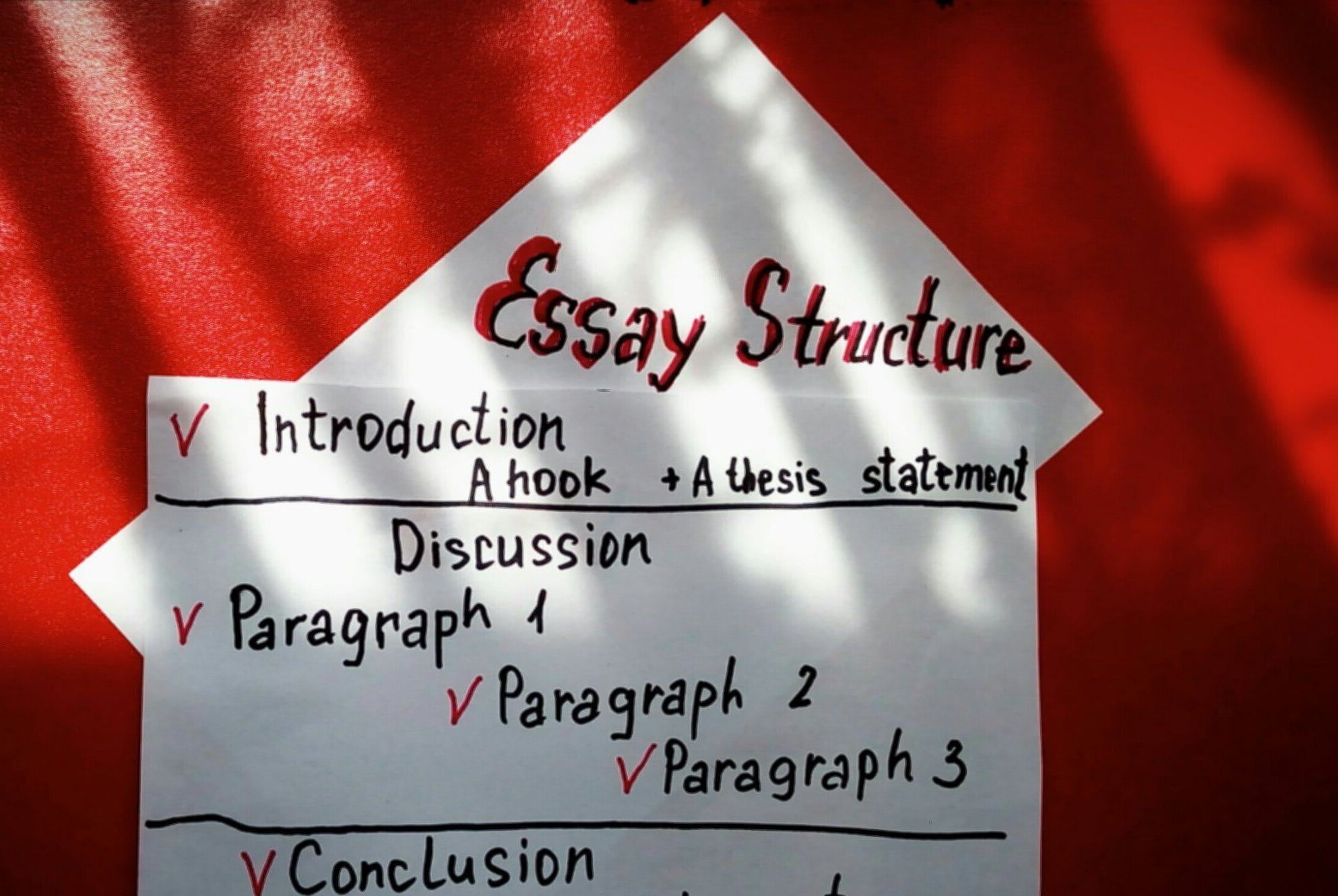
A typical academic 5-paragraph essay structure has 5 paragraphs with an easy-to-follow flow of thought. A more detailed outline is presented in the article “Research Essay Outline.”
The first paragraph is an introduction with introductory information on the topic that is provided to grab reader’s attention.
Introduction in a 5-Paragraph Essay Structure
- An introductory sentence;
- A hook (to spark the interest of the reader): here it is possible to give statistics or facts to show the scope and importance of the issue or topic under discussion;
- A thesis statement: it is the last sentence of the introduction presenting an argument for or against the issue or an idea about it and evidence of it (as given in the main paragraphs)
For example,
The issue of poor access to healthcare is a result of ineffective medical coverage (idea) because of … (evidence or support).
This thesis statement presents an idea about causes of poor access to healthcare.
Body or Discussion
Paragraph 1
It should start with an introductory sentence presenting the first argument for the thesis statement or the first idea about the topic. Supporting evidence follows this with an in-text citation from a source used. The next sentence is the analysis or discussion of evidence. The last sentence is a concluding one with a summary of the idea or recommendation.
Paragraph 2
Use a similar structure as above:
- An introductory sentence with the second claim;
- Evidence;
- Analysis or discussion;
- A concluding sentence.
Paragraph 3
Follow the structure above for the 3rd point on the topic.
Conclusion
A conclusion should present a thesis restatement, summary of the main ideas or findings, and recommendations or a call for action.
Reference List
Include all sources you used in References (APA style), Works Cited (MLA), or Reference List (Harvard). Format according to the required style. Each entry in the list should have a respective direct or indirect citation (in-text citation).
Therefore, a typical 5-paragraph essay structure contains an introduction, body paragraph 1 with evidence, body paragraph 2, paragraph 3, and a conclusion.

Leave Your Feedback